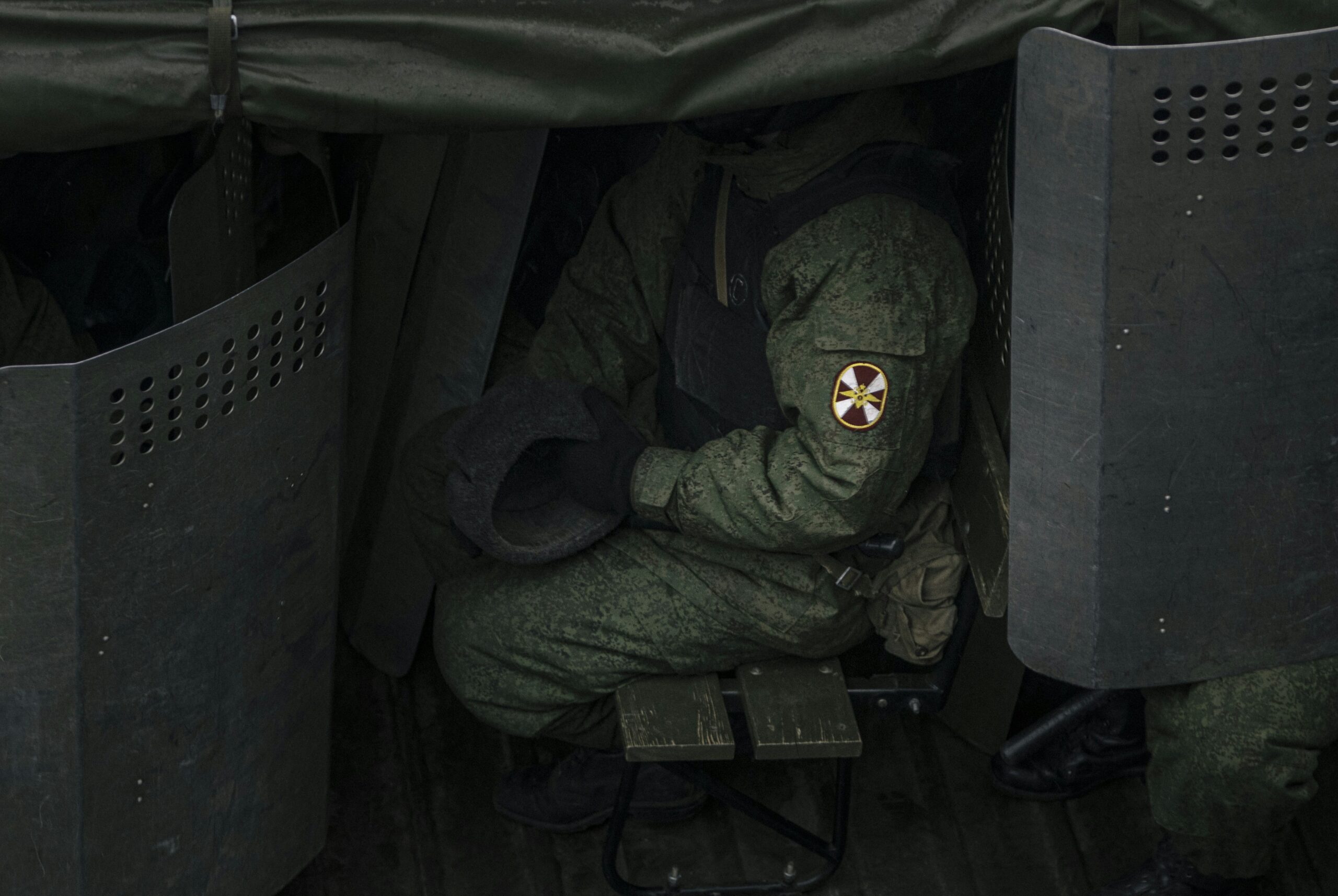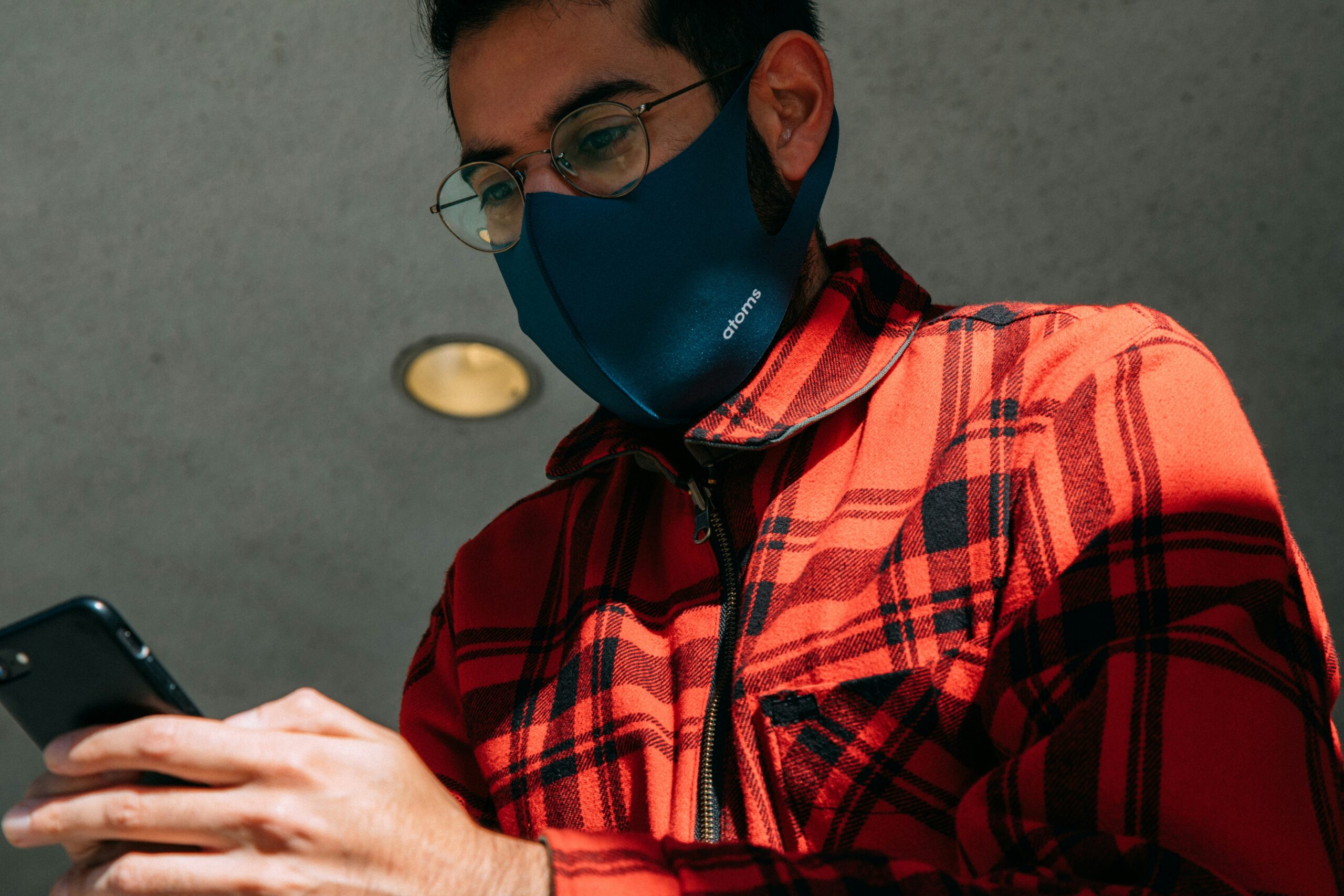If you’re an avid outdoor enthusiast who loves exploring nature while blending into your surroundings, you may have wondered about the UV protection offered by camouflage gear. It’s not just about concealing yourself; it’s also essential to shield your skin from harmful sun rays. In this article, we’ll explore the UV protection features of camouflage outdoor gear, shedding light on whether it can keep you safe from the sun while you embark on your adventures.

Understanding Ultraviolet (UV) Radiation
Definition and types of UV radiation
UV radiation is a type of electromagnetic radiation emitted by the sun. It is invisible to the human eye but can have both positive and negative effects on our health. There are three types of UV radiation: UVA, UVB, and UVC. UVA is the least harmful, reaching deeper into the skin and is associated with skin aging. UVB is responsible for sunburns and can damage the DNA in our skin cells, increasing the risk of skin cancer. UVC is the most dangerous type of UV radiation, but fortunately, it is mostly absorbed by the atmosphere and does not reach the earth’s surface.
Effects of UV radiation on human skin
Excessive exposure to UV radiation can have harmful effects on our skin. Immediate effects include sunburn, which can be painful and lead to peeling and blistering. Prolonged exposure can cause long-term damage such as premature aging, wrinkles, and age spots. UV radiation is also a major risk factor for skin cancer. It is essential to protect our skin from UV radiation to maintain healthy skin and reduce the risk of these adverse effects.
Role of clothing in protecting against UV radiation
Clothing plays a crucial role in protecting our skin from the harmful effects of UV radiation. It acts as a physical barrier between the sun’s rays and our skin, reducing our exposure to UV radiation. However, not all clothing provides the same level of protection. The material, design, and color of the clothing can impact its ability to block UV rays. It is important to choose clothing that offers sufficient UV protection, especially when engaging in outdoor activities for an extended period of time.
Basics of Camouflage Outdoor Gear
Purpose and features of camouflage gear
Camouflage outdoor gear is specially designed to blend in with the natural surroundings, making the wearer less visible to potential targets or animals in outdoor environments. The purpose of camouflage gear is to provide concealment and improve the effectiveness of outdoor activities such as hunting, wildlife observation, and military operations. It typically features patterns and colors that mimic the natural elements to help the wearer merge seamlessly into the environment.
Materials typically used in outdoor camouflage gear
Camouflage gear is made from a variety of materials that are chosen for their durability, comfort, and functionality. Common materials used include polyester, nylon, cotton, and blends of these fabrics. These materials are selected for their ability to withstand outdoor conditions, provide breathability, and allow for ease of movement. Some camouflage gear also incorporates specialized fabrics that offer additional features such as moisture-wicking, odor control, and insect repellent properties.
Stages and techniques utilized in manufacturing outdoor camouflage gear
The manufacturing process of outdoor camouflage gear involves several stages to ensure quality and functionality. It typically begins with design development, where patterns and colors are created to replicate the natural environment. Once the design is finalized, fabric and materials are selected, and the cutting and sewing process begins. Advanced techniques such as heat bonding, laser cutting, and seam sealing may be employed to enhance the gear’s performance and durability. Finally, quality control measures are implemented to ensure that the finished product meets the desired standards.
UV Protection in Clothing Fabric
Factors affecting UV protection in fabric
Several factors influence the UV protection provided by clothing fabric. The tightness of the weave or knit is critical, as a tight structure reduces the amount of UV radiation that can pass through the fabric. Additionally, the color of the fabric plays a role, as darker colors tend to absorb more UV rays compared to lighter colors. The type of fiber and its dyeing process can also affect the UV protection properties of the fabric.
Measurement of UV protection in fabric: Ultraviolet Protection Factor (UPF)
The Ultraviolet Protection Factor (UPF) is the standard measurement used to evaluate the UV protection level of clothing fabric. A higher UPF indicates greater UV protection. For example, a fabric with a UPF of 50 allows only 1/50th of the UV radiation to pass through, providing excellent protection. UPF ratings range from 15 to 50+, with 50+ offering the highest level of protection against UV radiation.
Technological advances for enhancing UV protection in fabric
Advancements in textile technology have led to the development of fabrics specifically designed to enhance UV protection. Chemical treatments can be applied to the fabric to improve its UV-blocking properties without compromising breathability or comfort. Additionally, fabric manufacturers may incorporate UV-absorbing additives or create multi-layered fabrics that provide increased UV protection. These advancements enable the production of fabrics that offer superior UV protection while maintaining the desired characteristics of outdoor clothing.
UV Protection Features in Camouflage Outdoor Gear
Prevalence of UV protection features in camouflage outdoor gear
While the primary purpose of camouflage outdoor gear is to provide concealment, many manufacturers are now incorporating UV protection features into their products. This is driven by the recognition of the importance of protecting against UV radiation and the growing awareness among outdoor enthusiasts. UV protection features can provide an added benefit to users, ensuring they are protected from the harmful effects of the sun while enjoying their outdoor activities.
Typical UPF ratings in camouflage outdoor gear
Camouflage outdoor gear with UV protection often displays a UPF rating to inform users about its level of sun protection. The typical UPF ratings for this type of gear vary but generally range from 15 to 50+. These ratings provide a reliable indicator of the gear’s ability to block UV radiation, enabling users to make informed decisions when selecting their outdoor clothing.
Impact of design, color, material on UV protection in camouflage gear
The design, color, and material of camouflage gear can influence its UV protection capabilities. Patterns that mimic natural elements can enhance the gear’s camouflage effectiveness while also providing UV protection. Darker colors and tighter weaves or knits tend to offer better UV protection due to their reduced ability to transmit UV radiation. Additionally, materials with inherent UV-blocking properties or those treated with specialized coatings can provide enhanced sun protection, ensuring that users are shielded from harmful UV rays even while wearing camouflage gear.

Challenges in Adding UV Protection to Camouflage Gear
Effect on camouflage pattern and effectiveness
Adding UV protection to camouflage gear can sometimes pose challenges as it may impact the effectiveness of the camouflage pattern. UV-protective coatings or treatments can alter the appearance of the gear, potentially making it stand out in certain lighting conditions. Manufacturers must strike a balance between providing UV protection and maintaining the gear’s camouflage capabilities to ensure that users can remain both protected and concealed.
Impact on gear comfort and durability
Integrating UV protection features into camouflage gear can also affect its comfort and durability. Fabrics with added UV protection may sometimes feel heavier or less breathable, potentially compromising comfort in hot and humid conditions. Additionally, the application of UV-protective treatments or coatings may impact the overall durability and longevity of the gear, requiring careful consideration and testing during the manufacturing process.
Potential increase in manufacturing costs
The incorporation of UV protection features in camouflage gear can result in additional manufacturing costs. The use of specialized fabrics, coatings, or treatments can increase the cost of raw materials. Moreover, the implementation of new manufacturing techniques or equipment may be necessary, adding to the overall production expenses. These increased costs may be passed onto consumers, making UV protected camouflage gear slightly more expensive than traditional camouflage options.
UV Protection Variations in Camouflage Gear Across Different Brands
Degree of UV protection offered by different outdoor clothing brands
Different outdoor clothing brands offer varying degrees of UV protection in their camouflage gear. Some brands prioritize UV protection as a key feature and invest in research and innovation to develop fabrics and manufacturing techniques that provide superior sun protection. Other brands may focus more on the gear’s camouflage effectiveness rather than UV protection. It is crucial for consumers to review the specifications and labeling of camouflage gear to understand the level of UV protection offered by each brand.
Brand-specific technology used in enhancing UV protection
Outdoor clothing brands often incorporate brand-specific technologies to enhance the UV protection capabilities of their camouflage gear. These technologies may include specialized fabrics, proprietary treatments, or innovative manufacturing techniques. Examples of such technologies include moisture-wicking fabrics that enhance UV protection through improved breathability, or fabric blends that offer both UV protection and insect repellent properties. Brand-specific technologies can provide unique benefits and further differentiate one brand’s UV-protected camouflage gear from another.
Comparison of UPF ratings across brands
To facilitate informed decision-making, consumers can compare UPF ratings across different brands when selecting UV-protected camouflage gear. By considering the UPF ratings, customers can determine the level of UV protection each brand’s gear offers and choose the option that best suits their needs. It is important to note that while UPF ratings provide a useful reference point, other factors such as design, color, and material should also be taken into account when evaluating the overall UV protection capabilities of camouflage gear.

Buying Guide for Camouflage Outdoor Gear with UV Protection
Key considerations when buying UV protection outdoor gear
When purchasing camouflage outdoor gear with UV protection, there are several key considerations to keep in mind. Firstly, determine the level of UV protection needed based on the intended activity and anticipated sun exposure. Consider the durability, comfort, and breathability of the gear, ensuring it can withstand outdoor conditions and provide a comfortable wearing experience. Additionally, assess the gear’s camouflage effectiveness to ensure it meets the desired concealment requirements.
How to assess the UV protection features in camouflage gear
To assess the UV protection features of camouflage gear, carefully review the product specifications, labels, and any accompanying information provided by the manufacturer. Look for UPF ratings and any details on the materials, coatings, or treatments used to enhance UV protection. It is also helpful to read customer reviews and experiences to gather additional insights into the gear’s UV protection performance.
Tips for maintaining the UV protection feature in your gear
To maintain the UV protection feature in camouflage gear, proper care and maintenance are essential. Follow the manufacturer’s laundering instructions, as certain fabrics and coatings may require specific handling. Avoid using bleach or harsh chemicals that can degrade the UV protection properties. Over time, the UV protection effectiveness of the gear may diminish due to wear and tear or repeated washing, so it is important to regularly assess and replace gear as needed to ensure continued sun protection.
The Future of UV Protection in Camouflage Outdoor Gear
Current research and advancements in UV protection technology
Ongoing research and advancements in UV protection technology are paving the way for improved UV protection in camouflage outdoor gear. Scientists and manufacturers are exploring new materials, treatments, and manufacturing techniques to enhance the UV-blocking capabilities of fabrics without compromising functionality or appearance. This includes the development of more effective UV-absorbing additives, innovative weaving or knitting methods, and the use of intelligent textiles that automatically adjust their UV protection properties based on environmental conditions.
Market trends for UV protection in outdoor clothing
The market for UV protection in outdoor clothing, including camouflage gear, is experiencing steady growth. As awareness of the damaging effects of UV radiation increases, consumers are increasingly prioritizing sun protection when selecting their outdoor gear. This trend has prompted manufacturers to incorporate UV protection features into a broader range of outdoor garments, including camouflage gear. Market demand, coupled with advancements in UV protection technology, is driving innovation and ensuring that more UV-protected camouflage options become readily available.
Potential impact of increasing UV radiation due to climate change on outdoor gear design
Climate change has resulted in rising temperatures and changing environmental conditions, including increased UV radiation levels. This changing landscape presents new challenges and considerations for outdoor gear manufacturers. As UV radiation becomes more intense, there will likely be an increased focus on developing camouflage gear with enhanced UV protection capabilities. Manufacturers may need to adapt their designs, materials, and treatments to ensure that outdoor enthusiasts can continue to enjoy their activities while receiving adequate protection from the harmful effects of the sun.
Case Studies of Outdoor Gear with UV protection
In-depth examination of select outdoor gear products with UV protection
To provide insights into the performance and effectiveness of outdoor gear with UV protection, in-depth case studies can be conducted on select products. These case studies would involve detailed analysis of the gear’s design, materials, UV protection features, and customer feedback. By examining specific products, their strengths, weaknesses, and overall user satisfaction, consumers can gain a better understanding of the benefits and limitations of UV-protected camouflage gear.
Analysis of customer reviews and experiences
Customer reviews and experiences play a crucial role in evaluating the real-world performance of outdoor gear with UV protection features. By analyzing a wide range of customer feedback, including positive reviews, criticisms, and recommendations, valuable insights can be gathered regarding the gear’s UV protection capabilities, comfort, durability, and overall user satisfaction. This analysis can help potential buyers make more informed decisions and guide manufacturers in further improving their UV protection offerings.
Implications of case study findings for future UV protection gear
The findings from case studies of outdoor gear with UV protection have significant implications for the future development of such gear. By identifying the strengths and weaknesses of existing products, manufacturers can refine their designs, materials, and UV protection features to address consumer needs more effectively. Additionally, case study findings can facilitate the identification of emerging trends in UV protection technology and guide future research and development efforts.
Conclusion: The Importance of UV Protection Features in Camouflage Outdoor Gear
Summarizing the benefits and limitations of UV protection in camouflage outdoor gear
UV protection features in camouflage outdoor gear provide vital health benefits while enabling users to remain concealed in their outdoor environments. Such features reduce the risk of sunburn, premature aging, and skin cancer associated with excessive UV radiation exposure. However, incorporating UV protection in camouflage gear may present challenges related to the gear’s camouflage pattern, comfort, durability, and manufacturing costs. Balancing these factors ensures that UV-protected camouflage gear offers the necessary protection without compromising other essential functions.
Highlighting the increasing importance of UV protection in light of rising environmental concerns
With the increasing awareness of the damaging effects of UV radiation and the rising environmental concerns, the importance of UV protection in camouflage outdoor gear is becoming more prominent. Protecting our skin from UV radiation is crucial for both short-term comfort and long-term health. Moreover, as climate change alters our environment and intensifies UV radiation levels, the need for UV-protected camouflage gear will continue to grow. Manufacturers and consumers alike should prioritize UV protection features in their gear selection and demand.
Final thoughts on the necessity for further research and product development in this field
While UV protection features are being incorporated into camouflage outdoor gear, further research and product development in this field are necessary. Advancements in textile technology, innovative manufacturing techniques, and improved understanding of the impacts of UV radiation can drive the development of more effective UV-protected camouflage gear. Additionally, continued research can identify ways to enhance UV protection without compromising the gear’s functionality or aesthetic appeal. Through ongoing improvements, camouflage outdoor gear with UV protection can provide users with optimal performance and crucial sun protection in diverse outdoor environments.

